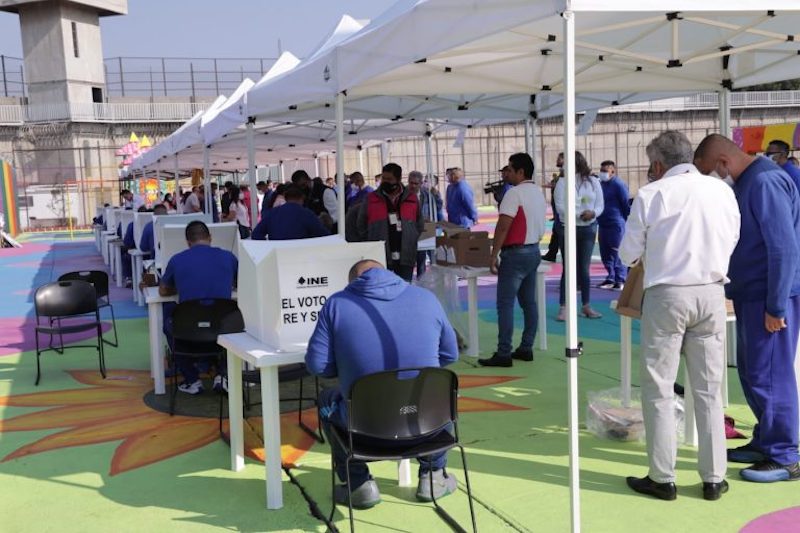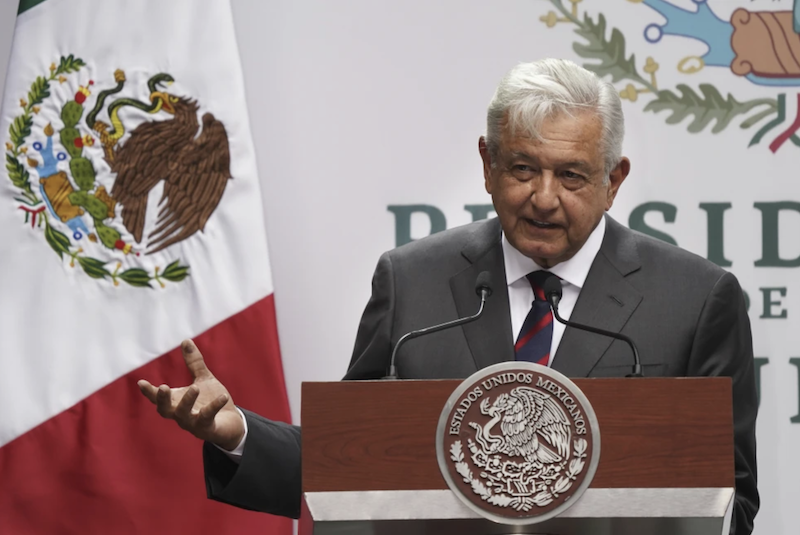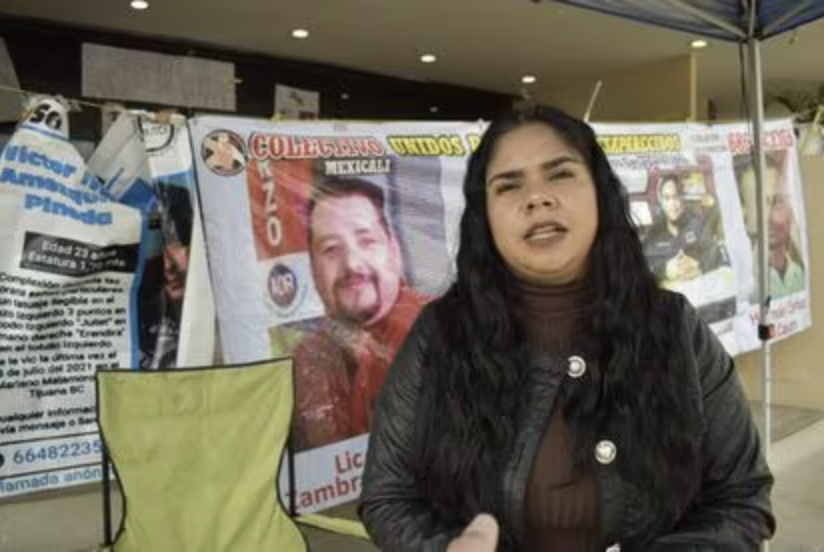
07/02/14 (written by tianacarriedo) — In the past month, a Workers’ Party (Partido del Trabajo) congressman from the Federal District (Distrito Federal, DF) called for the creation of a monitoring body to oversee the implementation of the General Law for Victims (Ley General de Víctimas), while a trio of Democratic Revolutionary Party (Partido Revolucionario Democrático, PRD) lawmakers requested an investigation into the law’s Executive Commission. Passed in January 2013 at the urging of various civil society organizations, academics, and victims, the General Law for Victims establishes various mechanisms to address the needs and guarantee the right to justice, truth, and reparation of the growing number of direct and indirect victims of Mexico’s “war” against organized crime and drug trafficking organizations. Despite hopes that the new law would mark a change in the government’s treatment of victims and their families, the on-the-ground reality remains problematic.
There are three main tools created by the law to attend to victims: the National System of Attention to Victims (Sistema Nacional de Atención a Víctimas, SNAV), the Executive Commission of Attention to Victims (Comisión Ejecutiva de Atención a Víctimas, CEAV), and the National Registry of Victims (Registro Nacional de Víctimas). With respect to all three mechanisms of the law, there have been delays and substantive shortcomings that have affected how and whether victims are able to avail themselves of some of the law’s benefits, which include legal and financial assistance. In terms of delay, the Executive Commission was not named until October 2013, three months after the deadline imposed by the law; the National System of Attention to Victims was not created until January 2014, eight months after it should have been established; and the National Registry of Victims remains incomplete.

Compliance with basic aspects of the law by Mexico’s 32 federal entities is also lacking. Some minimum requisites the law demands of the states and the Federal District include the creation of a local executive commission of attention to victims, special local commissions, a local registry of victims, a legal assistance team, and an assistance and reparations fund. In May 2014, Mexican news source Animal Político reported that 21 federal entities have not made “significant advances” in complying with these minimum requisites. Foremost among the deficiencies is the maintenance of local databases to track victims and their cases. Of Mexico’s 32 federal entities, only seven have established a database to track instances of human rights violations, such as extrajudicial killings, enforced disappearances, and torture, while 12 have established databases to track victims of general crime.
For its part, the Executive Commission has encountered a number of bumps along the road, as well. Some of its primary goals are to facilitate coordination between the different levels of government and victim access to psychological, legal, and financial assistance. To the disappointment of a number of civil society organizations and victims, in January 2014 the Executive Commission replaced Províctima, its precursor organization, before the Executive Commission itself was operational. The consequence of this decision is that some recent victims of grave human rights abuses, including family members whose loved ones have been disappeared or tortured, have been unable to receive government assistance that is guaranteed to them under the new law.
There has also been grumblings about the makeup of the Executive Commission, the internal personnel problems within the Commission, and the proposed regulations for the law. Given these ongoing issues, lawmakers, victims, and civil society organizations alike are continuing to push for a more effective implementation of the General Law for Victims.
Sources:
Antillon, Ximena. “La Ley de Víctimas a un año de su publicación.” Sin Embargo. January 20, 2014.
Camacho Servín, Fernando. “Reprueban ONG la ley de víctimas.” La Jornada. May 21, 2014.
Redacción. “Noriega Sáenz renunció de palabra, aclara comisionado.” Proceso. June 6, 2014.
Damián Peralta, Esthela. “Desprotegen a víctimas del delito.” La Jornada Guerrero. June 25, 2014.




